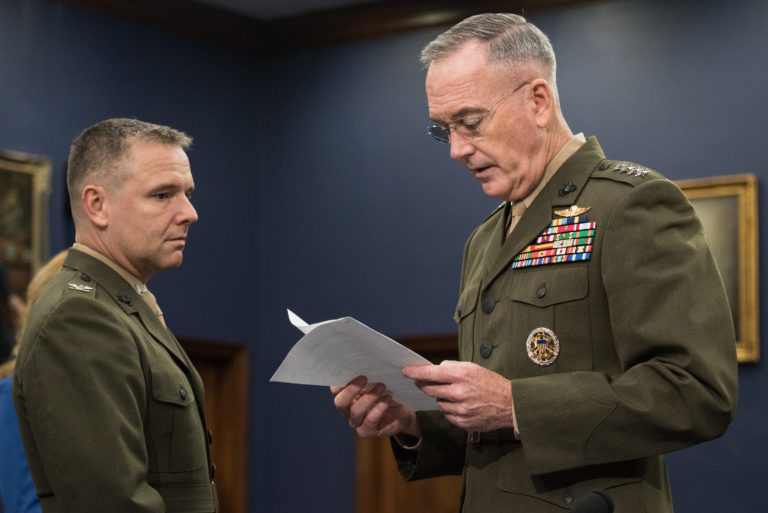Counting Dollars or Measuring Value: Distribution of Defense Expenditure by Main Category
NATO breaks defense expenditure into four main categories: equipment, personnel, infrastructure, and other. In addition to the commitment to spend 2 percent of GDP on defense, NATO heads of state pledged at the 2014 Wales Summit to spend 20 percent of their defense budgets on major equipment.










